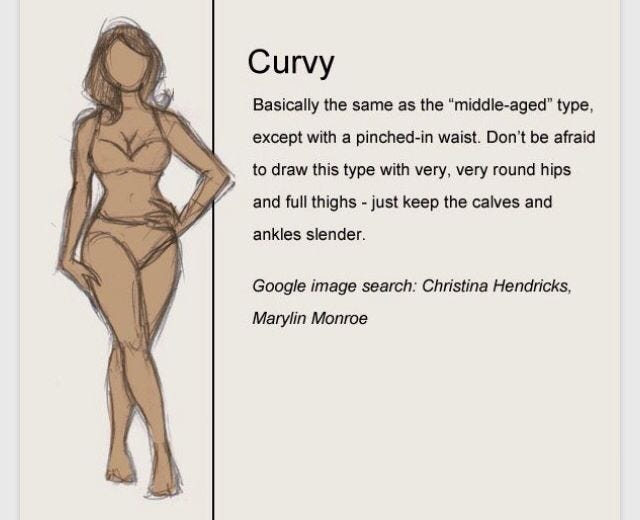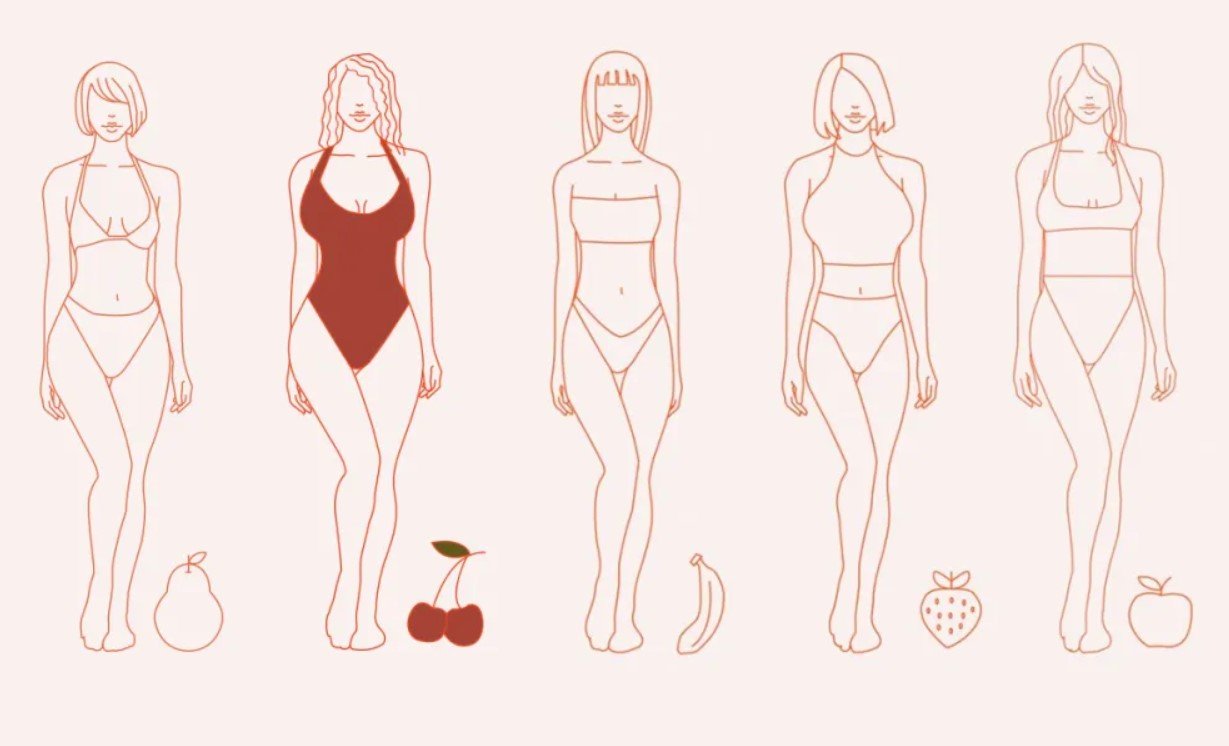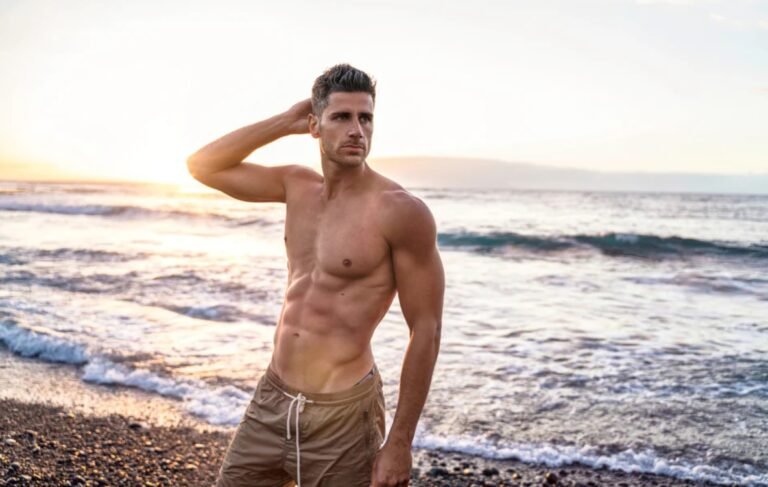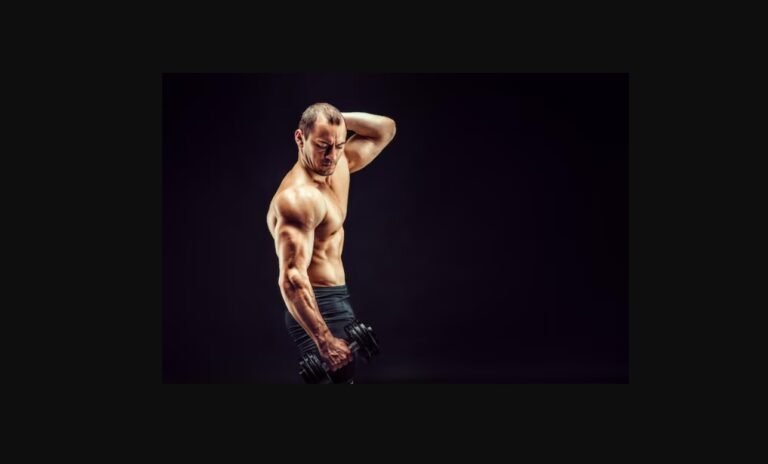What is Curvy Body? A Must Read
A curvy body type features a well-defined waist and fuller hips, thighs, or bust. It typically includes a noticeable difference in the measurements between these areas.
Embracing one’s curves has become a celebrated aspect of body positivity, as the fashion and entertainment industries increasingly showcase diverse body types. A curvy figure is often desired for its association with femininity and health.
The rise of social media influencers who promote acceptance of various body shapes has further solidified the curvy body as an ideal for many.
Understanding how to accentuate a curvy physique can empower individuals to dress confidently and feel comfortable in their own skin. Fashion tips, workouts, and nutrition plans catering to curvy bodies have gained popularity, reflecting a broader societal shift towards celebrating natural body diversity.
Defining The Curvy Body Type
A curvy body type is not just about weight. It’s about shape. This shape shows visible waists, hips, and busts. Many people have them. They can be thin or thick. It’s about proportions.
The body may have large shoulders. It can also have full thighs. But the main point is balance. The waist is usually narrower than the hips and bust. This creates what some call an “hourglass” figure.
| Body Part | Description |
|---|---|
| Bust | Full and rounded |
| Waist | Noticeably narrower than the hips and bust |
| Hips | Wide and curved |
Historical Perceptions Of The Curvaceous Figure
The curvy figure has often symbolized health and fertility. This idea shines through in many ancient sculptures. Look back at Renaissance artists like Botticelli and Rubens. They painted rounded forms with love and reverence.
Let’s talk about Twentieth-century Hollywood. Stars like Marilyn Monroe embraced their curves. They showed that being shapely was in vogue. Curves became a cultural icon, shaping fashion and desire for generations.
Today’s standards keep changing. Body positivity movements are now rising. These movements say every body type is beautiful. So whether your shape is straight or curvy, it is celebrated. Art and culture continue to reflect this beauty diversity.
The Science Of Curves
The shape of our bodies often comes from our genes. Some people have more curves because their parents and grandparents do too. It’s like how kids look like their family. This is because of the DNA that decides our body’s shape. Curvy bodies can be in our family for many, many years.
Having a curvy body might change how healthy you are. Curves don’t always mean good or bad health. Each person’s body is unique. Doctors use something called Body Mass Index (BMI) to understand health better. For some people, curves are just right. For others, doctors might say to eat healthy and move more. But remember, curves don’t always show if you are healthy or not.
| Gene Influence | Health Link |
| Curves run in families. | Curves don’t equal health. |
| DNA shapes our bodies. | Doctors use BMI for health. |
| Family traits pass down. | Healthy eating & exercise can matter. |

Credit: medium.com
Fashion And The Curvy Form
Embracing the curvy form means finding styles that highlight natural beauty. Fashion now celebrates all body types, including curvy shapes. Body positivity gains momentum in the fashion world. Designers and brands are creating diverse clothing lines.
Understanding your body is key to dressing well. Choose clothes that flatter your curves. Aim for a balanced look with well-fitted outfits. Accentuate your best features by selecting the right garments. For the curvy body, certain styles can be particularly flattering.
- High-waisted skirts – accentuate the waistline
- Wrap dresses – create a beautiful silhouette
- Peplum tops – define the waist and enhance curves
As body positivity rises, so does the variety of curvy-friendly fashion choices. The key is to wear what feels good and expresses your personal style.
Curves In The Spotlight
The curvy body type is becoming more loved today. Stars like Kim Kardashian and Beyoncé proudly show their curves. Their confidence inspires many people.
Fashion and media are changing too. Curvy models are now in top magazines. This shows all bodies are beautiful. It means a lot to see different shapes in the spotlight.

Credit: in.pinterest.com
Embracing Your Curves
Understanding and embracing your body’s natural shape plays a key role in self-love. Curvy bodies vary and are unique. They should be celebrated. Self-acceptance means loving yourself the way you are. It boosts confidence and happiness.
Many communities and movements support curvy people. They help them feel proud. They share stories and celebrate body diversity. These groups create a positive space. Here, everyone can see beauty in all body types.
Frequently Asked Questions
What Defines A Curvy Body Type?
A curvy body type is characterized by a significant difference between the waist and hip measurements. This type displays fuller hips, thighs, and bust, with a narrower waist, giving an hourglass-like shape.
How To Dress A Curvy Figure Flatteringly?
To dress a curvy figure flatteringly, opt for clothing that accentuates the waist and maintains body proportion. High-waisted pants, wrap dresses, and fitted tops are good choices to highlight curves while providing balance.
Are There Exercises For A Curvier Body?
Yes, specific exercises can enhance a curvy body. Focus on strength training that targets the glutes, thighs, and core, such as squats, lunges, and abdominal exercises, to define and accentuate curves.
Can Diet Influence Body Curviness?
Diet can influence body composition but not necessarily curviness dictated by bone structure. A balanced diet can help maintain healthy weight distribution, enhancing natural curves and overall body shape.
Conclusion
Embracing your curvy body type paves the way for confidence and style. Recognize your unique shape and celebrate it. Fashion tips and health insights complement your journey to self-love. Let’s cherish every curve and learn to dress your silhouette. Remember, beauty transcends size; it’s your confidence that shines brightest.







